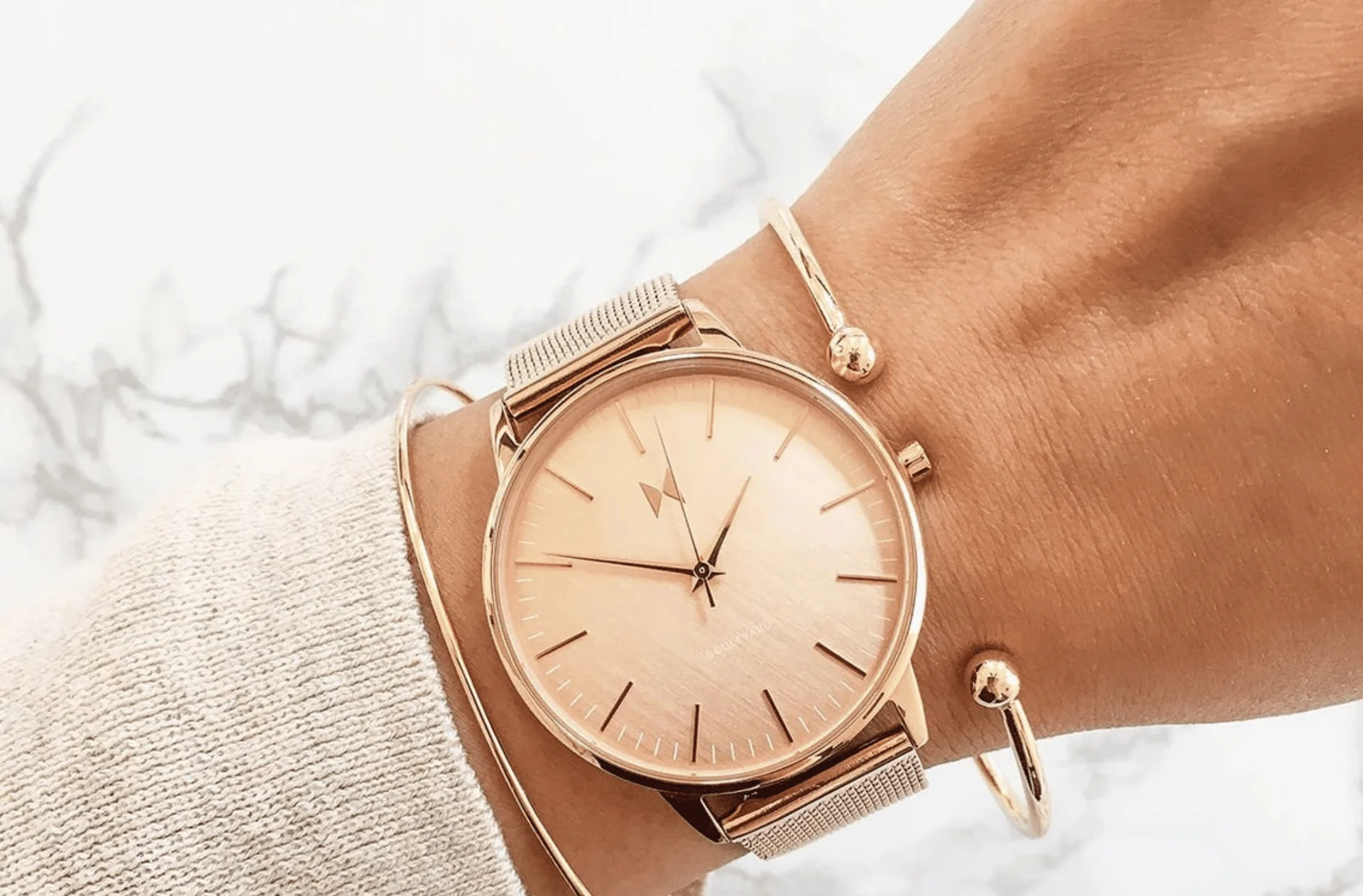The History of the Patek Philippe Nautilus
The Patek Philippe Nautilus is one of the most iconic luxury sports watches in the world. Introduced in 1976, it has a fascinating history that intertwines innovative design, high-quality craftsmanship, and a touch of rebellion against traditional watchmaking norms.
Origins and Design
The Nautilus was created during a time when the watch industry was undergoing significant changes. The Quartz Crisis of the 1970s posed a threat to traditional mechanical watchmakers. In response, Patek Philippe decided to venture into the luxury sports watch market, which was relatively new at the time.
Gerald Genta, a renowned watch designer, was tasked with this bold project. Genta took inspiration from portholes found on transatlantic liners. This nautical theme influenced the unique shape of the Nautilus, characterized by its distinctive porthole case with protruding “ears” on the sides, a horizontally embossed dial, and a steel bracelet integrated with the case. The design was unconventional and set the Nautilus apart from other luxury watches, which were typically crafted from precious metals.
The Launch
The Nautilus was first introduced at the Baselworld Watch Fair in 1976 with the reference 3700/1A. Its bold advertising campaign highlighted the watch’s versatility, declaring it as “One of the world’s costliest watches is made of steel.” This was a radical statement at the time when luxury was synonymous with gold and other precious materials.
Evolution and Variants
Over the decades, the Nautilus line has expanded to include various models and complications. The original 3700/1A, often referred to as the “Jumbo,” remained in production until 1990. In 1980, Patek Philippe introduced a smaller version, the reference 3800/1A, to cater to those who preferred a more modest size.
In 2006, to celebrate the 30th anniversary of the Nautilus, Patek Philippe released several new models, including the reference 5711/1A, which has become one of the most sought-after versions. This modern reinterpretation retained the essence of the original design while incorporating contemporary updates and improvements in movement technology.
The Nautilus Today
Today, the Nautilus remains a symbol of luxury and elegance, highly coveted by collectors and enthusiasts. Its scarcity and the high demand have led to lengthy waiting lists and a robust secondary market where prices often exceed the original retail price. Patek Philippe continues to innovate within the Nautilus line, offering models with complications such as moon phases, chronographs, and annual calendars.
Legacy
The Patek Philippe Nautilus has secured its place in horological history as a pioneering luxury sports watch. Its combination of bold design, exceptional craftsmanship, and timeless appeal ensures that it will continue to be revered for generations to come.
In a world where trends come and go, the Nautilus stands as a testament to Patek Philippe’s enduring commitment to innovation, quality, and timeless elegance.



